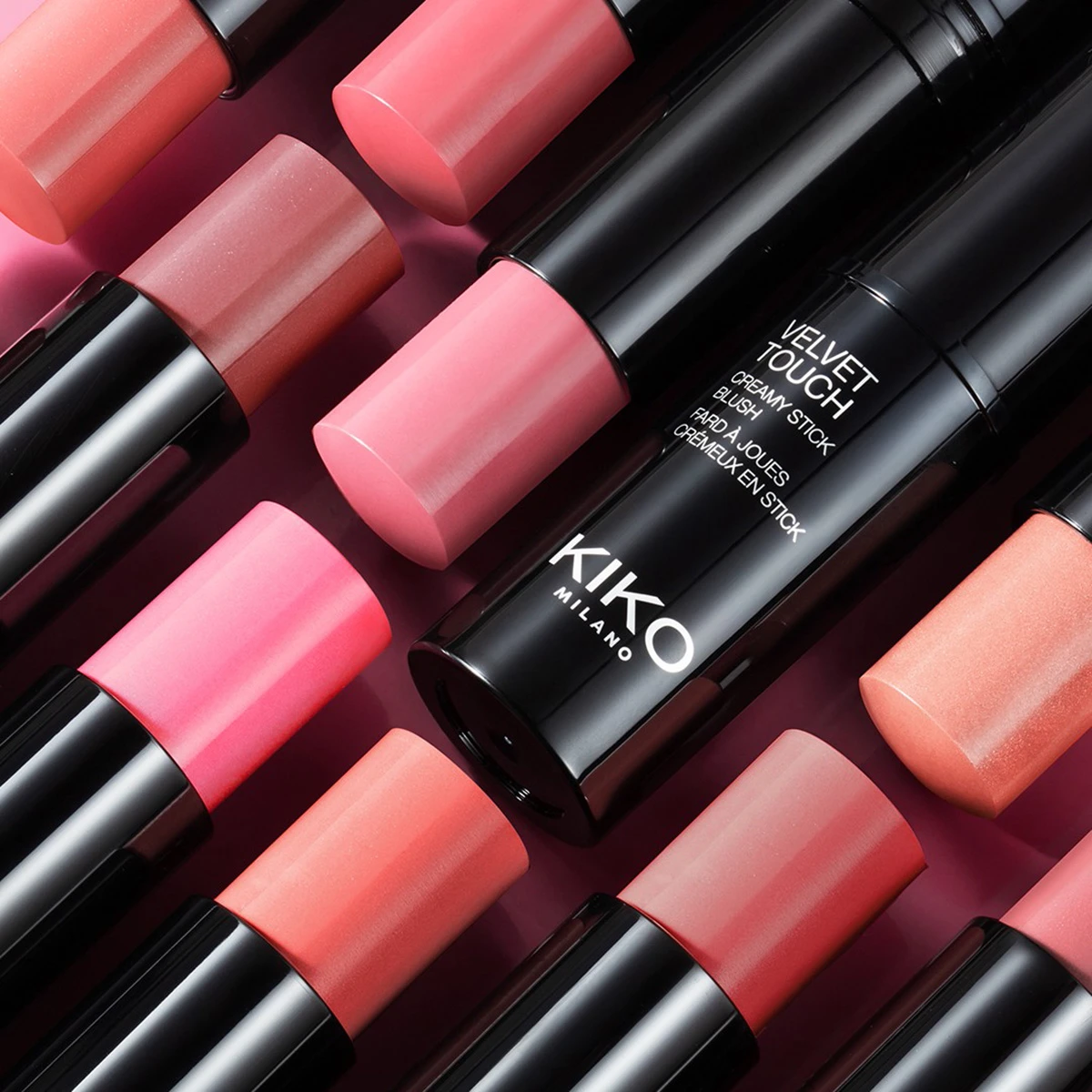Back to the Tutorial list
How to apply blush Tips, mistakes to avoid and a guide for selecting your blush
Have you ever seen a vibrant complexion with soft rosy tones? A face that just springs to life, as if by magic... must be some sort of beauty spell, right? Nope, just a dusting of blush is all it takes!
Often far too underestimated, blush is truly a one-of-a-kind product! Applied immediately after bronzer but before highlighter, it will create a radiant complexion in no time at all and enhance your beautiful features with sophisticated combinations of colour, volume, light and shade.
Together, let's see what the benefits of blush are, why you won't be able to do without it, how to choose the right one, and how to use it according to its texture.



